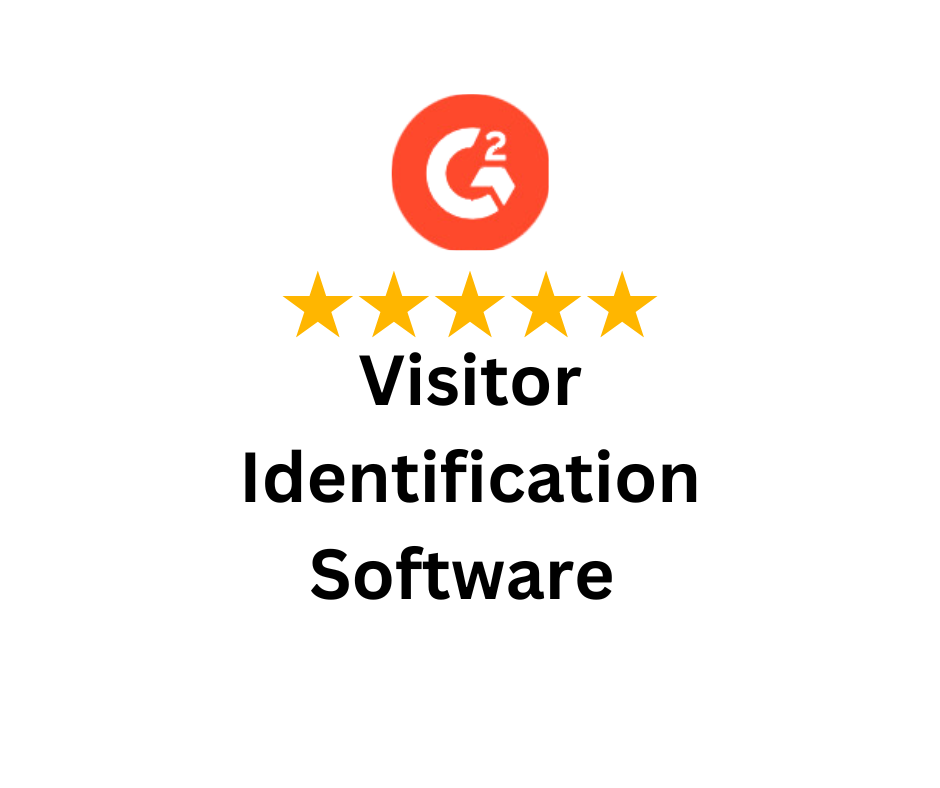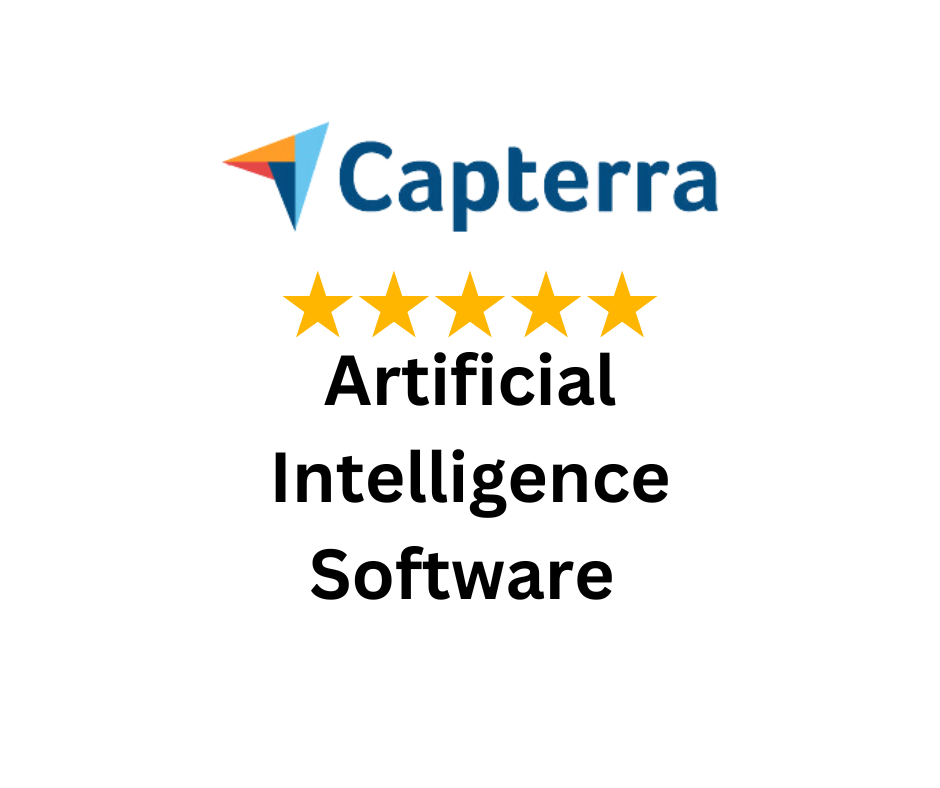Marketing helps businesses grow and find new customers every day. Both organic and inorganic marketing have good points for different needs, and we help companies pick the best marketing methods for their goals.
Keep reading to learn more about organic and inorganic differences when it comes to marketing.

Organic marketing builds your brand without paying for ads or promotions. We make helpful content that brings customers to your business naturally. This way of marketing focuses on making friends with your customers by helping them relate to your brand.
Organic marketing uses blog posts, social media, and website improvements. We make plans that help customers trust your business over time. Even though these methods generally take longer, they give you results that last.
Content marketing is the most important part of organic marketing, as good content helps people find you when they search online. We create blog posts and make videos that teach your customers.
We fix your web pages so more people can find them when they search online for something that you offer. This brings more visitors to your site without paying for ads, this is the main difference in organic vs inorganic marketing strategy.
Social media marketing builds groups of people who like your brand. We share fun content that makes people want to talk, while regular posts help people remember your business and trust you.
Email marketing sends helpful messages to people who want them. We send useful information to your email list every week. This turns people who might buy into customers who do buy, that is, increases conversions.
Inorganic marketing uses paid ads to reach people you want quickly. We spend your valuable money only on ads that get your business seen right away, using methods like A/B tests that identify high-performing ads. This way of marketing gives you faster results than organic methods.
Paid ads include search ads, social media ads, and banner ads. We target the right people with messages they want to hear. These plans bring quick traffic and new leads to your business.
Pay per click (PPC) ads put your business at the top of search results. We bid on words that your customers search for every day. This method gets your business seen for important search terms immediately. These are the keywords that are more like gold mines that can help your business top the market.
Social media ads show your content to the right groups of people. We make targeted ads on Facebook and Instagram that work well. These ads reach users based on what they like and do.
Display ads show picture ads on websites your customers visit often. We put visual ads where your target customers spend their time. This helps more people learn about your brand across many websites.
Influencer marketing uses popular people to promote your business to followers. We work with content creators who share your business values. Their followers listen to what they recommend, because they trust these influencers.
Considering longer periods, organic marketing costs less money than paid ads. We build marketing tools that keep working for years and years. The money you spend at first pays off many times later, giving you a higher ROI.
People trust organic marketing more than paid ads and promotions. We earn attention by sharing helpful information that people actually want. This creates stronger relationships with customers than buying ads does.
Organic growth builds steady increases in visitors over many months. We create marketing momentum that gets stronger with every effort. Organic plans work better with time.
More people buy from organic traffic than from paid ad traffic, which is why we bring in customers who really want what you sell. These people buy more often than people who just click ads and have no strong motive to buy.
Paid marketing gives you results within hours of starting your campaigns and this is a notable difference in organic vs inorganic marketing strategy. We launch ads that start bringing visitors and leads immediately. This speed helps businesses meet their growth goals right away.
Paid ads let you target exactly the right people. We control who sees your ads down to very specific details. This means less wasted money on people who will not buy, saving costs.
Paid marketing can reach way more people than organic methods alone. We increase your ad budget to reach bigger groups of people. This helps your business grow much faster than your competitors.
Paid ads give you clear numbers on how well everything works. We track every click and every sale from your advertising money. This helps you see exactly what works and what does not.
Organic marketing takes many months or years to show big results. Given the high competition for every industry online today, we must keep making content and improving things every single day. This patience is hard for businesses that need growth right now.
Organic marketing needs skilled people to write content and make plans, which is why it costs more initially, but will be worth it soon enough.
Social media changes rules often and this hurts organic reach. We must change our plans when platforms update their systems. These updates can make your content less visible without any warning.
Too much competition makes it hard to rank high online. We compete against big brands that spend way more money. Breaking through this competition takes really amazing content that stands out.
Ad costs keep going up on every platform every single year, meaning that we face more competition for the best ad spots available. These higher prices make campaigns less profitable as time goes on.
People get tired of seeing the same ads over and over. We must keep making new ad content with fresh creative materials.
Depending on ad platforms creates risk when their policies change suddenly. We might lose marketing channels if platforms change their rules unexpectedly. This dependence limits how much control you have long term.
Focusing only on quick results might hurt long term brand building, as it may focus merely on sales and not on customer-brand relationships. This approach can damage your business growth over many years. Both inorganic growth vs organic growth completely depend on marketing efforts.
Where your business is now affects which type of marketing works best. We suggest organic plans for established businesses with extra time. Use a reliable SEO product that has a team that’s relentlessly working on making your website SEO-friendly.
New businesses often need inorganic marketing to grow fast enough. This gets the business to show up on top or SERP pages as ads that potential leads will look at. A powerful ads optimizer tool will ensure that your ads are creative and give leads exactly what they’re looking for, increasing conversions.

Your budget decides which marketing methods work. We suggest organic approaches when you have limited funds for advertising. However, companies with bigger budgets can use both methods at once.
Your industry affects how well different marketing approaches will work. We study your competition and how your customers act online. Some industries work better with content while others definitely need ads.
Your timeline for results also affects what marketing you should opt for. We use paid methods when you need results in weeks. Long term growth goals work much better with organic approaches instead.
Combining both types creates better marketing campaigns that work much better due to organic and inorganic difference in marketing. We use paid ads to make more people see content. This works better than using just one approach by itself.
Splitting your budget across organic and paid channels works really well, as both organic and inorganic marketing offer benefits. We usually suggest spending seventy percent organic and thirty percent paid. This balance gives you stability plus chances to grow faster.
Timing your marketing activities right makes everything work much better together. We start paid campaigns while building organic content at once. This gives you quick results while building things that last.
Making both organic and paid marketing better never stops working well. We test different approaches to find the best combinations possible. This testing gets you the most value from your marketing money.
Key numbers help you track progress toward your specific business goals. We watch website visitors and sales and how much customers cost. These numbers help us make your marketing strategy work better.
Organic numbers include search rankings and free traffic and engagement rates. However, a major challenge is that a lot of visitors may turn off cookies, making it harder to track. By using a cookie-agnostic platform, a competent AI tool helps you overcome this challenge for you and track how well content works and social media growth. These show how your long term marketing tools are developing.
Paid advertising numbers focus on ad spend and clicks and sales, which is where an ads optimizer tool will be your best bet. We study how campaigns work across different platforms and customer groups. This information helps us spend your advertising money much better.
Return on investment shows how well your marketing money actually works. We compare money earned against money spent on all marketing efforts. This helps us split budgets between organic and paid marketing better.
Technology advances keep changing both organic and paid marketing in significant ways. We expect smart computers to help make content and target better. These changes will make marketing work better and cost less.
Privacy laws affect how we collect information and target ads. We must change our plans to follow new laws and rules. These requirements help organic marketing more than paid advertising methods.
People want real brand interactions and content that actually helps them. We see more doubt about traditional advertising methods every year. This change makes organic marketing strategies much more important than before.
As a silver lining, new platforms create fresh chances for both organic and paid marketing. Getting your business up on new platforms (like social media) early also gives you advantages over your competition.
Marketing success means understanding both organic and inorganic marketing benefits and using what works, which is generally a mix of both. We suggest businesses look at their specific situation and goals carefully.
Planning ahead helps businesses use resources well between different marketing methods and positively impacts both organic growth vs inorganic growth. We suggest starting with organic foundations while testing paid opportunities too. This balanced approach gives you stability plus potential for growth.
As a last note, the flexibility of changing the marketing approach as technology advances is what helps businesses keep their competitive advantages for years.
Empowering businesses to optimize their conversion funnels with AI-driven insights and automation. Turn traffic into sales with our advanced attribution platform.

